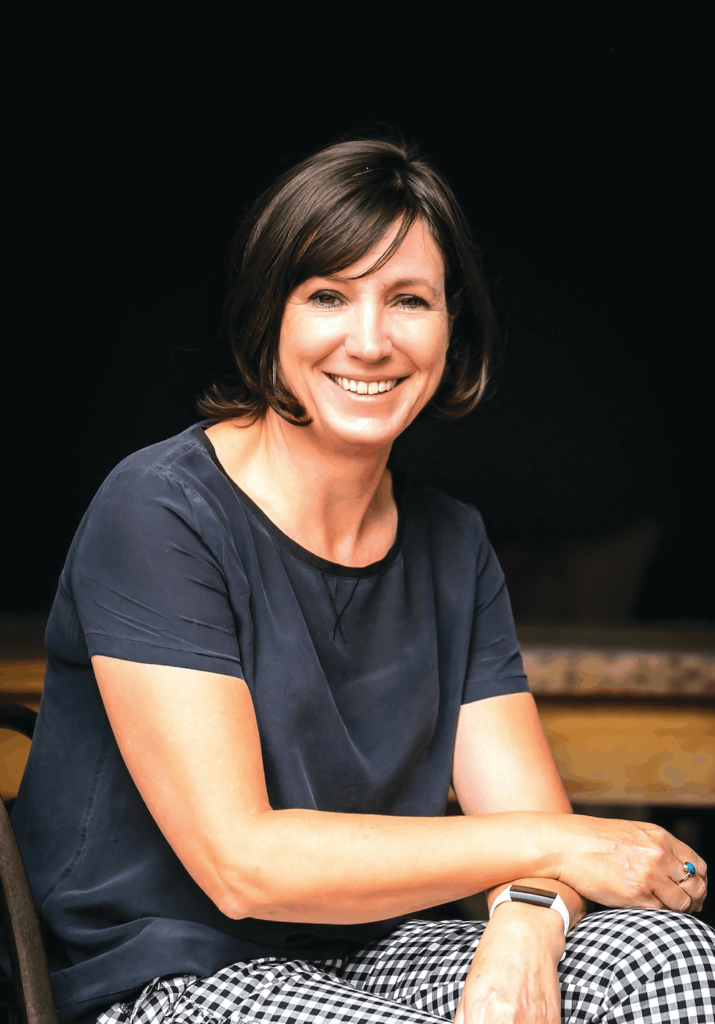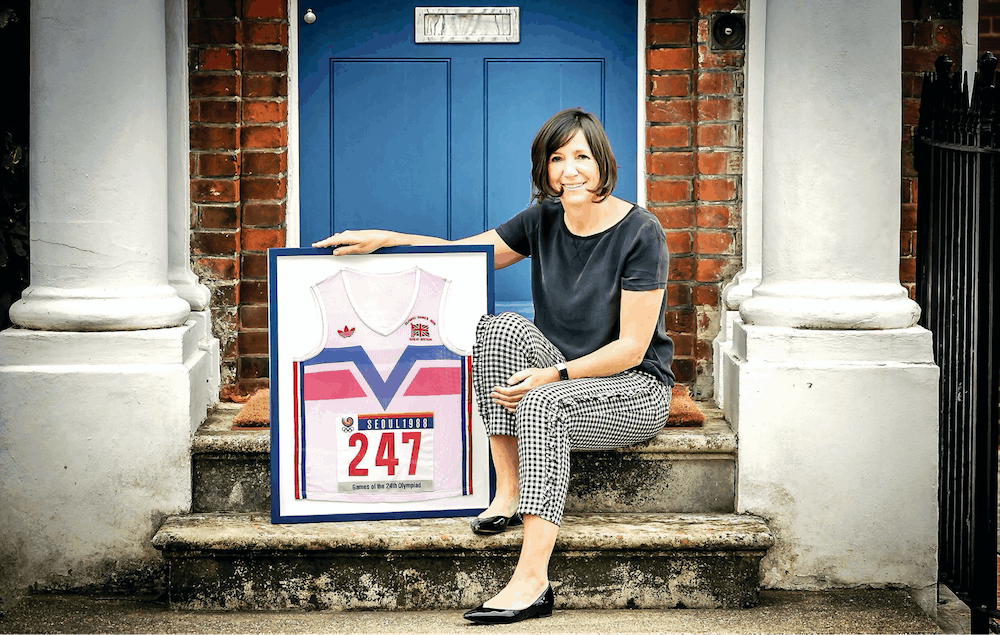Community header template
- Home
arrow_drop_down
- News
arrow_drop_down
- What’s On
- Local Information
arrow_drop_down
- Community Groups
arrow_drop_down
- Business Support
arrow_drop_down
- Advertising Rates
- Business Networks
- Akin Arundel
- Arundel Chamber of Commerce
- Consultants, Admin Support & Office Space
- Film Location & Production Support
- IT & Technical Support
- Legal, Financial Planning, Accountants And Insurance
- Local Publications And Media
- Marketing, Printing & Digital
- Business Newsletter
- Local Directory
arrow_drop_down
- Estate & Lettings Agents & Architects
- Health, Beauty & Wellbeing
- Home & Gardening Services
- Legal, Financial Planning, Accountants And Insurance
- Photographers, Fashion & Lifestyle
- Retirement, Care & Funeral Services
- Travel, Holidays & Languages
- Tradesman, Builders and Property Services
- Vehicle Repairs, Storage, Hire & Taxi Services
- Weddings, Events & Entertainment
- Contact
A Profile of Janet Smith

Gill Farquharson profiles Arundel’s very own Olympic athlete and retail guru.
Originally published Winter 2020, by Gill Farquharson
Janet Smith (aka Janet Batty) was born in Purley and lived in Surrey till she was 18. Her parents were from Liverpool originally: ‘A working class background – my Mum’s Dad was a docker and my Mum’s Mum worked in a food factory’ Her father came South with his wife attending London University where he studied Physics, completing a BSc, an MSc and a PhD. He subsequently worked in Cryogenics for BOC and later a Swiss company called Sulzer. Janet is the eldest of three and has a sister and a brother.
Janet’s early years were dominated by athletics. She attended three schools culminating in Wallington High where she successfully sat A levels in Physics, Maths and Economics.
Janet’s early years were dominated by athletics. She attended three schools culminating in Wallington High where she successfully sat A levels in Physics, Maths and Economics. She enjoyed all sports at school but, as early as nine, had started to shine on the running track. At ten she was representing the school in local, district sports competitions ‘on proper track-cinder rather than grass!’ Beating male runners became the norm for her at this stage – ‘I was the fastest girl so always ran last in the relay. We would practise with the boys before the District sports, I would always get the baton after the last boy but then overtake him on that final lap!’ She had joined a local athletics club by this time with her best friend, Bernadette, also a talented runner. Her friend’s father, Keith Ross, coached both his daughter and Janet through the Surrey Championships and Southern Championships. She always came in the first two and quickly graduated to the National Three A’s Championships. From the ages of 13 to 16 she progressed through the ranks, training hard – ‘on the track four or five times a week at 15. I went to my first Junior International Games in Germany in 1985, age 16, the same day a 17 year old Boris Becker won his first Wimbledon!’
However Janet was plagued by knee injuries for two years and at 18, the decision was taken to stop running 100 and 200 metres which rely a lot on speed and block work and concentrate on 400 metres instead. When she turned 19, she took a year out, worked part-time and trained six days a week with her eyes firmly on the 1988
Seoul Olympics 400 metre relay team. She was now part of an elite squad of athletes competing at the very top of their sport. She was selected and ran in the Seoul relay heats, giving the baton to Sally Gunnell for the final, in which the team came sixth.
Back in the UK, Janet’s university selection was based around sport and Loughborough University won with its first class sporting reputation. ‘It was just amazing
– a campus university with every possible sporting facility – it’s just a dream if you’re into sport.’ She read Economics and Accountancy and, still plagued with injuries and also enjoying university life to the full, she began to transfer her drive and ambition to her future business career. The professional athlete didn’t exist in those days and Janet wanted to achieve financial success and make her mark. She had glimpsed ‘how the other half live’ and she wanted a part of it for herself. On leaving university she embarked on her business career with all the determination and will to succeed that she had applied to her sporting career.
In truth Janet has had two careers – the first in the sporting world and later in retail. Both have demanded grit, determination and focus; natural ability honed by hard work and a fierce desire to win. There seems no question that the first career shaped her perfectly for the next one.
There was a lot of straight talking, a practical get on and do environment where the people were bright enough – unlike Mars
it didn’t matter which university or school you had attended.
Janet joined Nestle on the finance graduate scheme. Two years later she moved to Mars Confectionary where she qualified as a Management Accountant and finally arrived at Tesco where the culture really suited her and she stayed for nearly twenty years. ‘I joined Tesco at just the right time, early on in a 20 year period of exceptional growth and success driven by innovation and transformation. It was an amazingly exciting time. Tesco led the way in customer centric thinking, obsessing over customer research, data and behaviours to create and launch innovative new propositions. It was also world class at ‘getting stuff done’, whilst competitors were still talking about it, we were out there doing it.’ During this period Tesco was the first UK supermarket to introduce new store formats such as the modern

convenience Express stores and large hypermarket Extra’s, to launch new services such as on line web shopping, the ‘one in front’ queue promise and baby changing rooms, as well as launch the Clubcard loyalty scheme and premium own label product range finest*.
Janet joined the business in finance and flew through the jobs and the grades before becoming the sausage and bacon buyer in fresh foods but then ‘I moved to Marketing which was where I spent most of my time at Tesco and had the biggest impact.’
Director level roles in Price and Promotions and then Space Range and Merchandising (which is all about apportioning space and position to products in store) followed. ‘I was always given departments that were ready for transformation! This meant setting the customer strategy, redesigning business processes and roles and team structures, and implementing new IT systems.’ Tesco were moving into the global market at the time and ‘so I worked in the Group team – we were in 13 countries in Europe, Asia and the US. I stood over the global roll-out of these new strategies and systems to all Tesco markets. There were some great travel opportunities at this time and we lived in Budapest for 2 years’.
The next move was back to the UK as Clubcard Director. By the time Janet left Tesco in 2014 she was Chief Loyalty Director looking after customer data and insight, Clubcard and personalised marketing globally with about 300 staff on her team. Customer data is critical to consumer facing brands today in both marketing and customer loyalty terms and under 12 Janet’s guidance, Tesco was (and still is) recognised as being one of the very best.
This level of commercial success for a woman is extraordinary in the 90’s and 00’s, and possibly explained not only by Janet’s talent but also ‘I think the way I behaved in my running career was similar to the drive and ambition I had in my business life. I can get very deeply focused on a narrow track and then can be quite single-minded. Running is so relentless – I used to train all winter in the cold and rain; it’s hard, hard work and then you might have one moment in a season where you break your personal best or win a particular race. So it was a lot of grind for not many highs – and I think I transferred that into my work taking on large, difficult problems and getting right to the detail. I was able to communicate at every level on the team and then present the case to the board for what was needed. It was a very exciting time to be there – I just kept progressing.’
Then she hit a bump in the road. Her mother had breast cancer at the age of 52. ‘She went through all the treatment and she was fine, but it returned when she was 70. She developed secondaries and died two years later.’ That was in 2013 and, as a result, Janet had her first mammogram ‘and there was an issue with it. I had pre – cancer, what they term as Grade 0.’ She still had to have surgery and radiotherapy and had three months away from work.
‘Up until then I’d been on a relentless work thing and, when I took that time off, it gave me the opportunity
to reflect on my life and I made the decision to leave my job. To be honest that would have happened if I’d just had any time off in the previous four years – it wasn’t the cancer per se it was the space it afforded me to get off the treadmill, to reflect and to take the decision and say, that’s it, I’m done. I’d been at Tesco for 20 years, and I wasn’t going off to a competitor so leaving was all very amicable and supportive.’
I worked for Halfords, Dixons, Morrisons, Marks and Spencer, Co-op, Dunelm and across the world.
Having made the decision to go, Janet found that there was life outside. She set up a consultancy, Lifetime Loyalty, which, because of her reputation, was hugely in demand. For the first five years she was very busy. ‘I worked for Halfords, Dixons, Morrisons, Marks and Spencer, Co-op, Dunelm and across the world in Australia, Holland, South Africa as well as the UK. It was great to work on my own terms and have time off when I wanted to. I never went out looking for work it just came through my old network.’
The sort of consultancy based on reputation eventually dries up though and for Janet, that coincided with Covid, so there’s been an enforced period of rest.
Janet met Andy Batty at Tesco although initially not in the same areas of work. They eventually became a couple and got married in 2008. They moved from Hertford to Arundel in 2014. Andy grew up in Bognor and has friends and family all over Sussex plus Janet’s father lives in Grayshott so it is ideally situated for them. ‘We fell in love with the house and the beautiful town but what’s really special for us is the people we’ve met since we moved here.’ The couple have established a very strong friendship circle and find ‘there is such a mix of backgrounds, skills and experiences and such interesting people living here – it’s so friendly. We just love being here.’
Their love of the town is the motivator for all the hard work they have put into the Arundel Project and Love Arundel. Janet explains: ‘It came out of a conversation in the pub just after Sparks Yard and The Bay Tree had closed. There was a genuine fear that the High Street could follow other boarded up High Streets around the country. ‘3500 residents are not enough to sustain a traditional High Street any longer. Arundel has already lost an ironmongers, banks, a greengrocer etc – all long gone because consumer behaviour has changed so quickly. Residents love having independent shops, pubs and restaurants and want them to stay but there seemed at the time to be no cohesive plan of how to save the High Street. It’s critical we get the right balance between resident, visitor and business needs for our High Street to evolve and survive ’
Out of that came a broader conversation, possibly fuelled by Andy and Janet’s experience at Tesco, that the customer – or in this case the residents – should be the driver of change. Hence the instigation of the Love Arundel Consultation, supported by a grant from the Town Council, which ran a series of public consultations in October 2019. Janet also ran separate meetings with the major business groups in town – the high street, accommodation providers, professional services and attractions. All of this was then summarised and initially shared with the Council and then with all residents.
The Arundel Community Partnership’s similar exercise in 2007 chimed with the outcomes of this latest ‘listening’ exercise. Planting around the town, a footpath to Ford, improving the cycling experience, parking, improving the Farmers Market, the opening of the Castle the top gate – all recurring themes. The group met with the local MP, representatives of Arun District, West Sussex Council, the South Downs National Park to understand what the barriers were to achieving the residents wish lists. The main problem that emerged was that the small size of the town means that those government organisations don’t have the resource to focus on it– but what was learnt was that if Arundel can be clear and know what the priorities are, it will be easier to get onto their agendas. So we need to get to a consensus view of what needs to be done and clearly communicate this. On a more local level however some things have been achieved quite quickly – improving the Farmers Market, the opening of the top gate as an exit from the Castle following meetings with Earl Henry and the estate managers, the new websites (which Janet worked on extensively), the change to McColl’s window and the Bee Project- all done with and by Arundel residents.
‘The big challenge is where things need support from tiers of government. We have to be more organised and find ways of having adult conversations which produce some consensus so that we can put Arundel on the local and regional agenda.’
At the moment though, Janet is happy to sit back and contemplate ’a more carefree and balanced life in a post-Covid world.’
